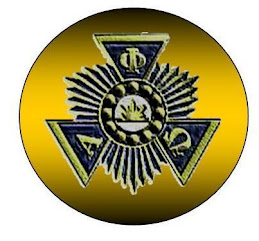
Older individuals, for instance, are at greater risk not only for developing medical and psychiatric disorders but also for taking medications that can disrupt sleep. In spite of these influences, however, it may be that an actual biological deterioration of the sleep drive might also be playing a role.
A new study published in the journal Current Biology has been able to shed some light on this puzzle of sleep and aging. The researchers, who wanted to determine the maximal sleep capacity of both young and older persons, arranged for groups of younger adults (ages 18 to 32 years) and older adults (ages 60 to 76 years) to lie in bed for 12 hours during the night and for another 4 hours in the afternoon.
The subjects tended to sleep significantly longer at the beginning of the experiment, presumably because they were making up for a sleep debt accrued during their usual daily sleep routines. When the sleep patterns stabilized, however, the younger adults were capable of sleeping for much longer times — an average of 8.9 hours daily — than were the elderly people, who got only 7.4 hours daily. This 1.5-hour difference in maximal sleep capacity is impressive.
If your biological drive for sleep seems to have decreased, make sure that you are following the kinds of routines and behaviors that will give you the best chance of getting as much refreshing sleep as possible. Here are some examples of good sleep hygiene:
1. Make sure that you're going to bed early enough to allow yourself to get an adequate night's sleep.
2. As your bedtime approaches, develop a relaxing routine in the evening — don't keep busy until the moment before you expect to fall asleep.
3. Avoid watching TV in bed.
4. Sleep in a cool, relatively dark room.
5. Consider going to sleep to the sound of white noise, either from a bedside fan or
a machine that generates calming sounds.
6. Increase your exercising, but don't do it so near to bedtime that it gets your adrenaline flowing and keeps you awake.
7. Limit your daily intake of caffeinated beverages and avoid them completely after lunchtime.
8. Avoid alcoholic beverages.





